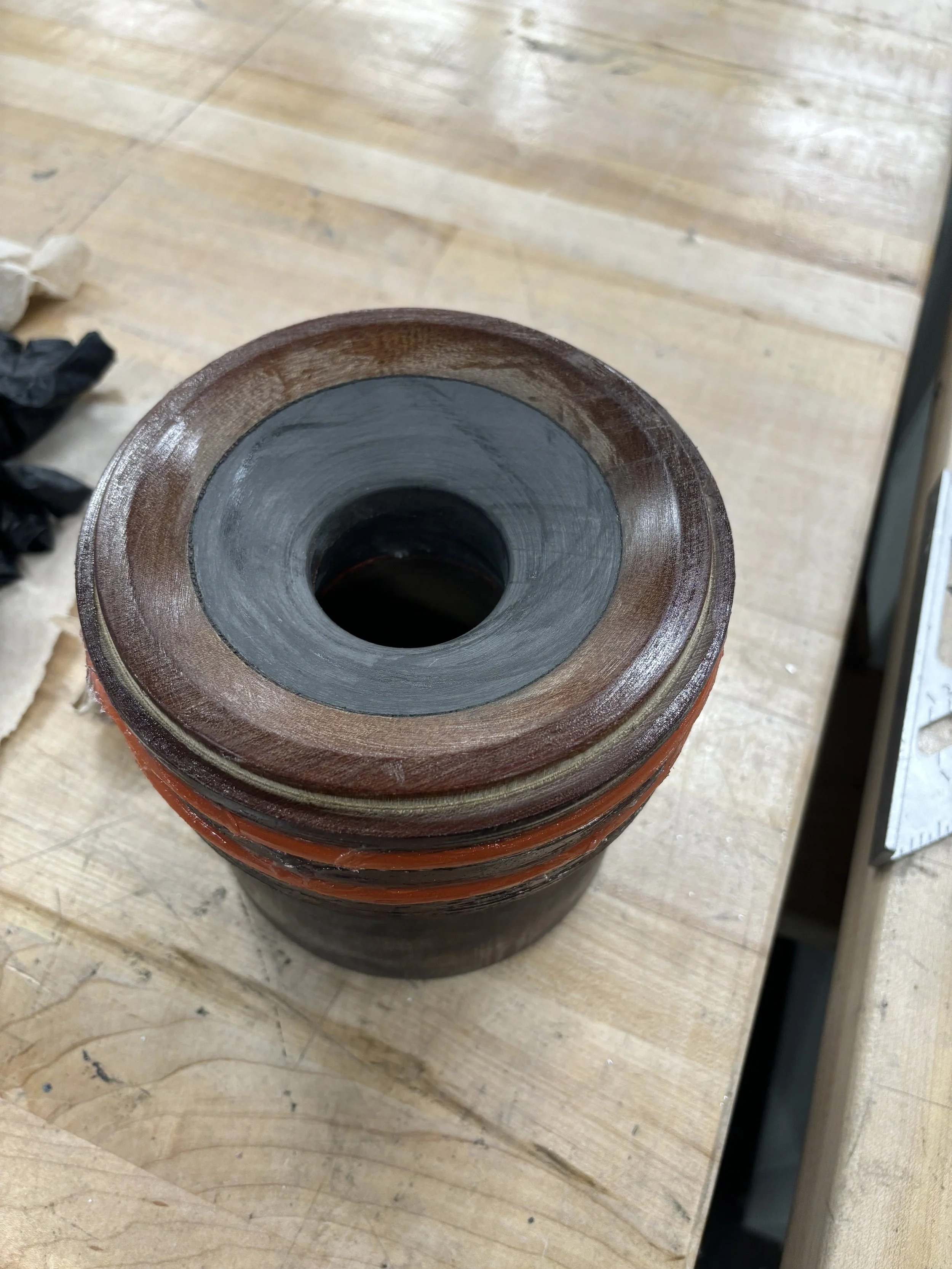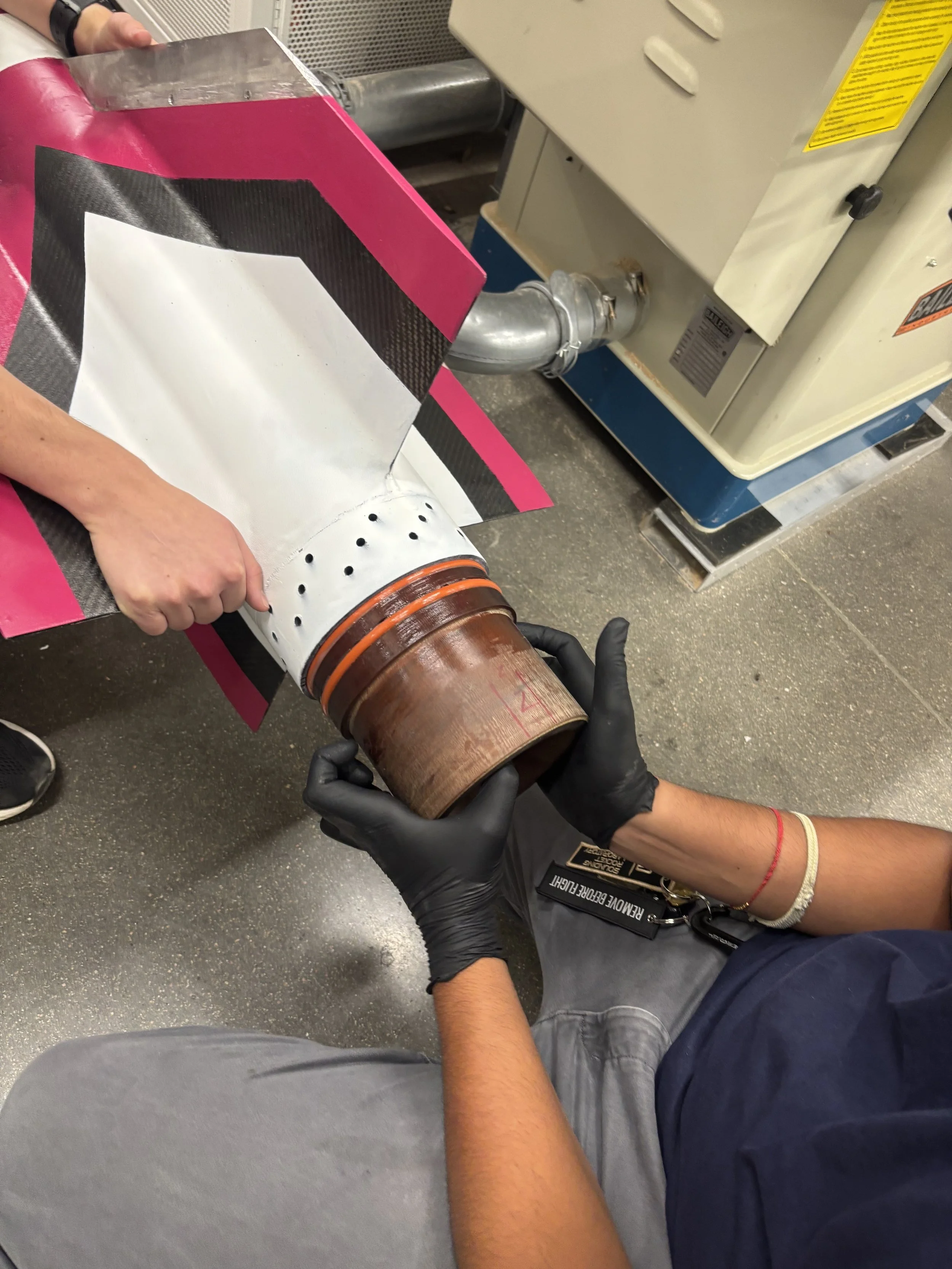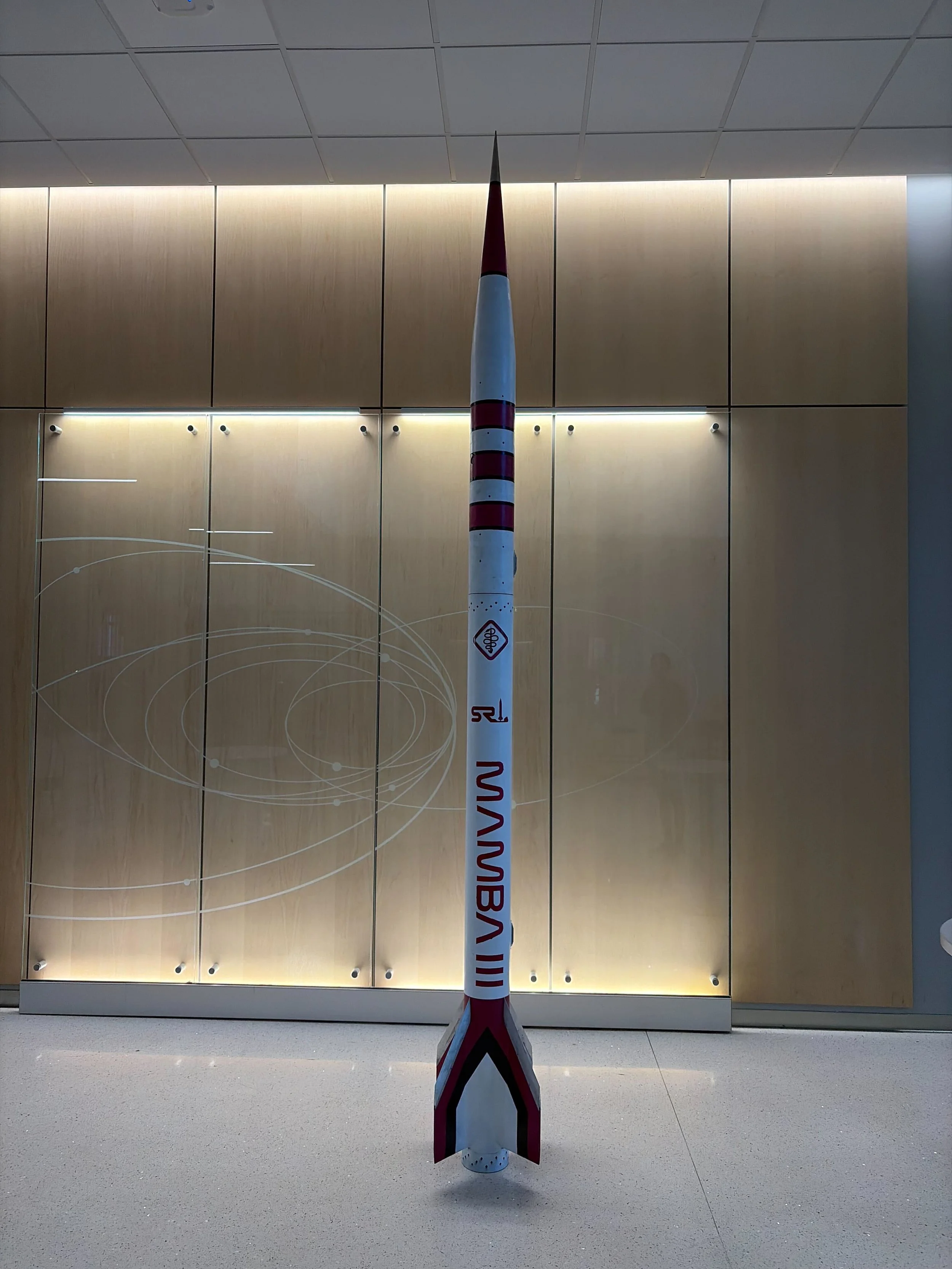Solid Rocket Development

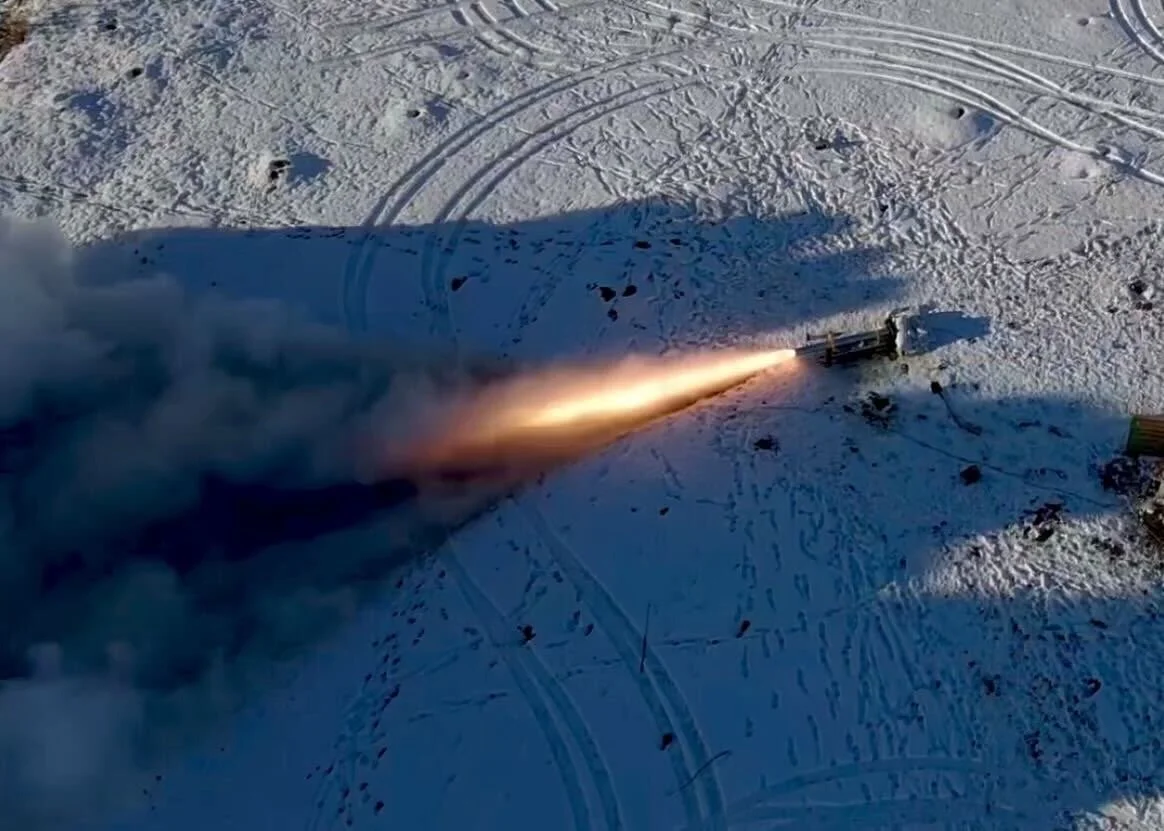
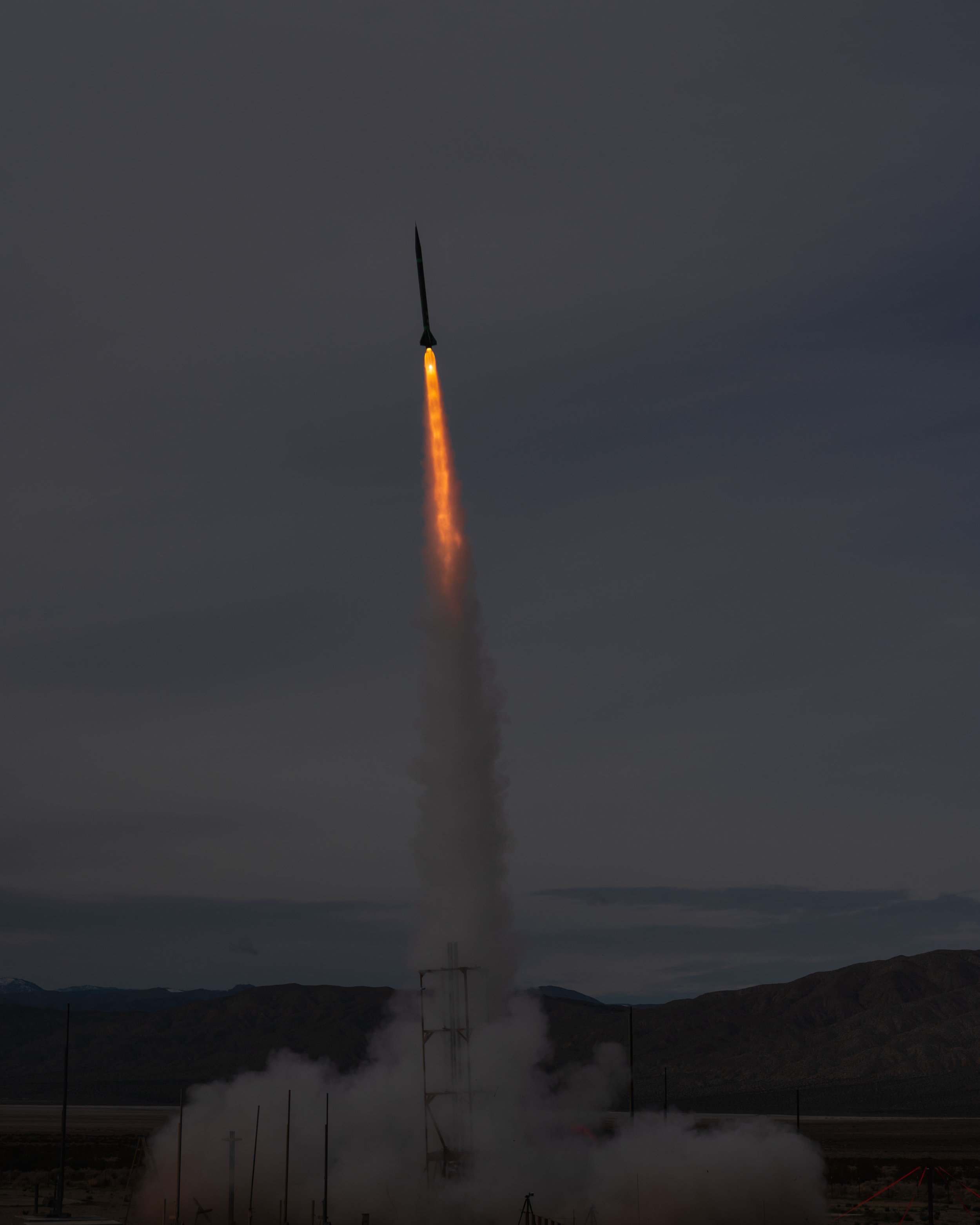
Key Accomplishments
Highest thrust solid rocket motor ever produced by a student team: Sledgehammer (6.8 klbf)
1200+ lbs of custom ammonium perchlorate composite propellant mixed
100+ solid rocket motor static fire tests
Propulsion
SRL’s solid propulsion team specializes in the development and mixing of high-performance custom composite solid propellants and their motors. Leveraging a wealth of knowledge gained through hundreds of static fire tests, they have developed and characterized two unique propellants, Quicksand and Sandstorm. These propellants are mixed in-house from raw chemicals, and processed using vibration and vacuum to achieve a highly consistent result. Propellant geometries are designed using in-house internal ballistics analysis tools.
Additionally, the propulsion team designs and manufactures custom rocket nozzles. Currently, they are exploring the development of a highly lightweight carbon-phenolic based nozzle, a significant improvement over the linen-phenolic material previously used.
Composite Materials
The vast majority of structures aboard SRL’s solid rockets are made of custom composite materials. This includes:
Carbon fiber rocket motor casings to withstand immense pressure during motor firing. These casings automatically produced by our in-house filament winder
Kevlar-composite motor insulation and propellant casting tubes which protect the motor casing from the extreme temperatures of burning propellant
Glass-composite airframe components to house recovery hardware and onboard flight computers
Vehicle Design
The Vehicle Design subdivision of SRL’s solid rocket program focuses on the challenges associated with achieving stable, predictable, and reliable flight and recovery. Leveraging advanced in-house six-degree-of-freedom monte-carlo simulation codes and other commercially available software, the Vehicle Design team models the dynamics of the full flight profile. This modelling informs the full aerodynamic surface profile of the rocket, including it’s nosecone and fins, as well as thermal protection system choices.
Additionally, the vehicle design team works to manufacture and test the avionics bay and recovery systems, ensuring they perform nominally even at the near-vacuum conditions encountered by SRL rockets.


